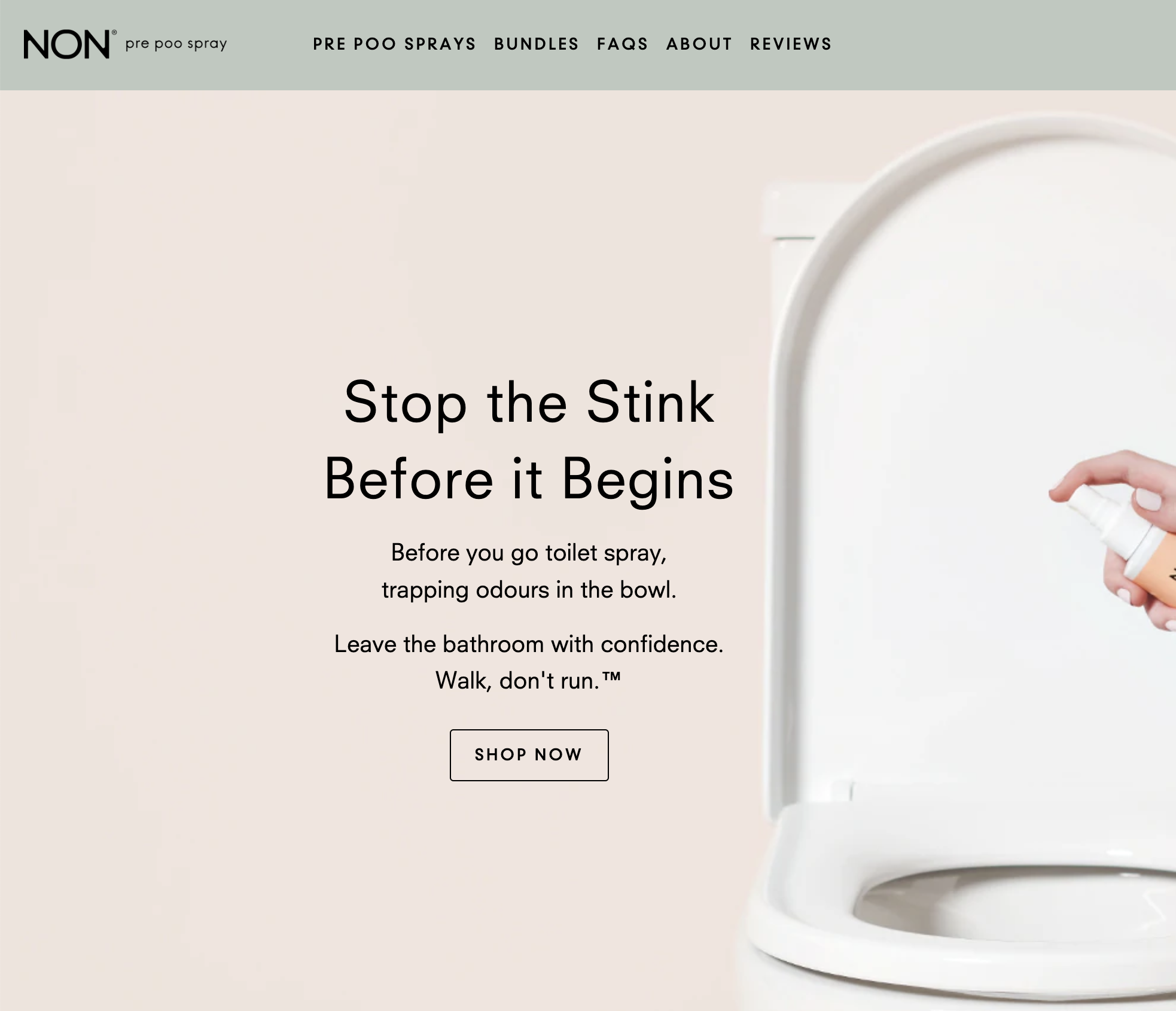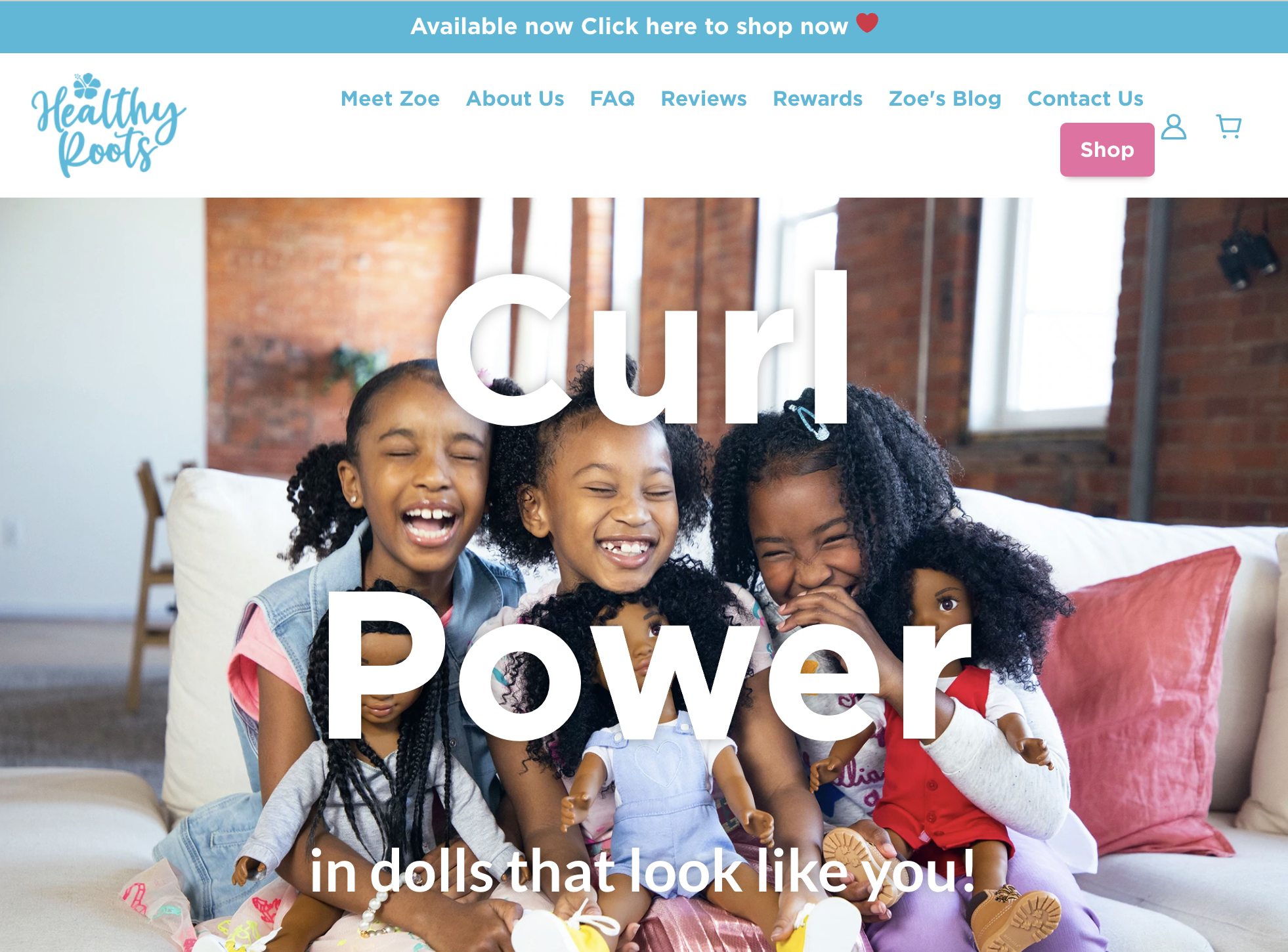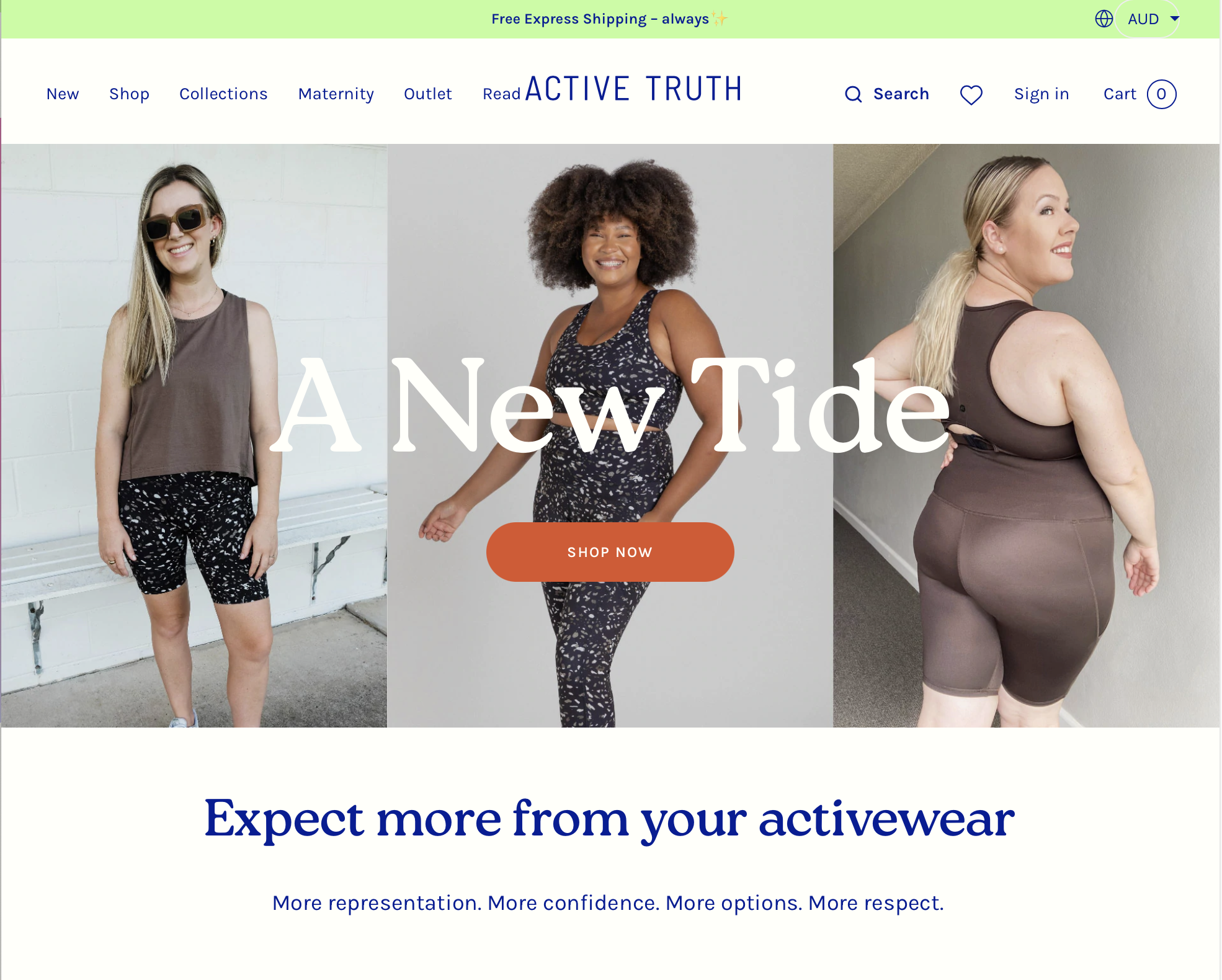Big Ideas and where to find them
BUT FIRST: What IS a Big Idea?
Welp, it’s not a tiny idea, that’s for sure.
‘The Big Idea’ is so frequently talked about in copy and marketing, but so rarely defined without the use of vague, kinda wanky, extremely unhelpful terms 👎
But instead of defining what The Big Idea is, most just end up focusing on what it can do.
Which still matters, but is kinda odd, considering the definition is actually pretty simple:
The Big Idea is the one core concept you build something around — whether it’s copy, a marketing campaign or the brand itself.
In other words, it’s the meaty bit of your messaging strategy. Your brand’s beacon. Its bat signal. And at the risk of scooching a toe over that line into wanky territory, its manifesto.
It’s the hill you would die on if needed.
And it almost always comes in the form of a narrative shift…
Narrative whut now…?
Lest we lose ourselves to the siren call of psych speak, let’s start by simplifying this whole narrative shift thing:
A narrative shift is a change in the story — the stories we tell ourselves, the stories we’re told or the stories society clings to as commonly held beliefs.
Put simply: it takes an idea and flips the script on it.
And it’s usually an idea that is considered an absolute truth, has gone unquestioned for too long, and is overdue for a harsh reality check.
A status quo. A societal norm. An industry standard.
Something that’s begging to be challenged.
So if you also have a penchant for some light chaos (and deep down, don’t we all?), it’s really flippin’ fun to mess around with!
Why bother with all this narrative
shift shit though?
Why bother going against the grain or disrupting the way things are? Surely it’s easier to just go with the flow, keep to the status quo and try to appeal to the masses, yeah?
Nah. Sorry my dude, but that’s a shortcut to building a mediocre brand that stands for sweet fuck all.
And no one needs another one of those.
Instead, a Big Idea will help you build a brand that people feel an affinity with, that feeds into their aspirational self-identity (aka who they want to be) and that naturally attracts the people who will dig it (and yes, repels the ones who won’t).
Creating a narrative shift also unites your customers behind a common external enemy, giving them someone other than themselves to blame.
And it’s the key to differentiating your brand in a way that's waaaaay harder to replicate.
But beyond that, it’s a chance for your brand to stand for something and create positive change — in the way people think about and interact with the world.
Because a lot of the commonly held beliefs we’ve been fed are kinda bullshit. And consumers humans are increasingly tired of the bullshit.
Brands built on script-flipping Big Ideas
Before we get into how to find a Big Idea, let’s look at a few examples of brands built on changing the conversation…
STARFACE
Surrounded by skincare brands talking about “blemishes”, “imperfections” and “covering up” your zits, Starface boldly goes the other way.
They make (cute!) neon yellow star-shaped pimple patches — designed to “turn treating spots into self-expression” rather than hide away in shame.
They intentionally normalise zits, something most of us have or will have, rather than feeding into the shame-inducing, self-esteem-destroying narrative that’s become so commonplace we all just consider it gospel.
OUI THE PEOPLE
Oui The People is no stranger to taking a narrative and turning it on its head.
They began “with a razor made for women, rather than a men’s razor dressed in pink” and have since grown into a beauty brand that boldly declares “f*ck that to perfection.”
They refuse to make you feel less-than and empower you to do what makes you feel good.
Take a look at their reConstitution of beauty here.
NON
Everybody poops, but not everybody is ok with that fact. Let alone acknowledging it.
Non pre poo spray approaches this universal experience in a pretty matter-of-fact way — everybody shits, and shit smells.
There are enough brands that cater to the never-admit-you-have-bodily-functions crowd, which makes Non’s take a very, er, refreshing one.
SOBAH
Sobah is a non-alcoholic craft beer brand that is breaking down the stigma of socialising sober — a much-needed shake up, given how ingrained the drinking culture is in Australia.
As a (actually, truly, not just marketing spin) purpose-led and community-minded company, Sobah are also redefining what it means for a brand to do good and give back — from promoting First Nations' culture, arts, language, and history and ethically sourcing their ingredients to crowdfunding equity to establish a brew café that champions native foods and culture.
HEALTHY ROOTS DOLLS
Healthy Roots Dolls shows the beauty of diversity and empowers young girls by giving them dolls and storybooks that represent them.
Created by Yelitsa Jean-Charles, Healthy Roots Dolls shows the value of diversity, inclusion and representation through their products:
“We go beyond just painting a doll brown. We create an educational play experience with curl care.”
CROCKD
Mindfulness doesn’t have to mean sitting still — Crockd is built on the idea (+ the science to back it up) that getting out of your head and into your hands is just as good for your mental health as sitting still and meditating.
Their craft kits are thoughtfully designed to inspire creative mindfulness through craft and include conversation starters (aka Claybreakers) for those who want to get their craft on with company.
CANOPY
Canopy took an existing product, the humble, fugly and often manky humidifier, and reimagined it.
While traditional humidifiers are impossible to keep clean and usually end up being the breeding ground for and distributor of mould, Canopy created a product that’s actually easy to clean.
No more manky, moudly humidifiers that end up in the bin.
ACTIVE TRUTH
Active Truth exists to bring inclusivity and a healthy dose of reality to the activewear market.
For years they’ve pushed back on the status quo by showing real, unphotoshopped, humans wearing their gear.
But rather than a marketing ploy, this idea is baked into the brand — from the inclusive sizing to the language they use.
How to find your brand’s Big Idea
Keen to find your own Big Idea now? Whether you’re just starting out, or your brand needs a shake up, finding the Big Idea you can build on can feel like a, well, big task.
But it doesn’t have to be.
All it takes is some (extremely fun and not at all boring, pinky swear) research and brainstorming.
To find your Big Idea, you need to figure out what narrative or status quo is that you’re gonna give a giant (totally profesh, if that’s your vibe) middle finger to.
HERE ARE A FEW PROMPTS FOR YOU TO NOODLE OVER:
List the common beliefs, societal norms or industry standards around your product or the problem you solve — common ways of talking or thinking about it, look at the words, phrases and imagery used, the absolute truths the industry is built on (like the skincare industry positioning acne as something to be ashamed of)
Listen in on what others are already saying — look to voice of customer via reviews (yours + competitors), surveys, interviews to see how people describe their feelings about the problem or product.
What’s a common external enemy you can unite people behind?
What is the world telling them to believe?
What’s oh-so-terribly-wrong about that narrative? How does it hold them back or keep them down?
How can your product or brand feed into the idea that this narrative is wrong, and the opposite is true?
And once you’ve got a few ideas scribbled down, think about how you can create that almighty narrative shift:
Figure out which belief you can take an opposing stance on — ideally this is something you already feel deeply passionate about and is baked into your brand, through its vision, values and purpose.
Consider if this is a shift that your ideal customer and/or a subsection of society, wants, needs and is ready for. Is it a rally cry they’ll get behind?
Consider why this particular narrative shift is important, and why now — is it a change in conversation that people are already on the edge of?
If you don’t find it straight away, give it time. Step away from your computer or notepad. Go chill outside or take a shower. Let the ideas swirl around that very impressive brain inside your noggin.
Because the best ideas bubble up when you give them space to.
Think you’ve found your Big Idea?
Once you think you’ve found The One, run through the checklist below to see if it fits.
A Big Idea:
⚡️ Will change the conversation or create a new one
⚡️ Is grounded in reality (how does your product feed into the idea that the existing narrative is wrong and/or the new narrative is correct?)
⚡️ Is something you feel deeply passionate about and could rant about for days
⚡️ Is already or can be baked into your business’ way of operation, through your vision, values, purpose
⚡️ Will move society forward
⚡️ Feeds into your customers aspirational self-identity (ie. who they want to be)
⚡️ Will leave the customer better off than before by removing a narrative that wasn’t serving them anymore
And if you can’t quite tick all the boxes above, you might need to rethink or tweak your Big Idea. Or say to hell with it, Ami, this is my Big Idea and I’ll do what I want (I admire your rebellious streak!)
Either way, you’ll be one BIG step closer (lol, sorry, had to) to building a stronger brand that leaves people better than it found them.
And that, my friend, is worth the effort.









